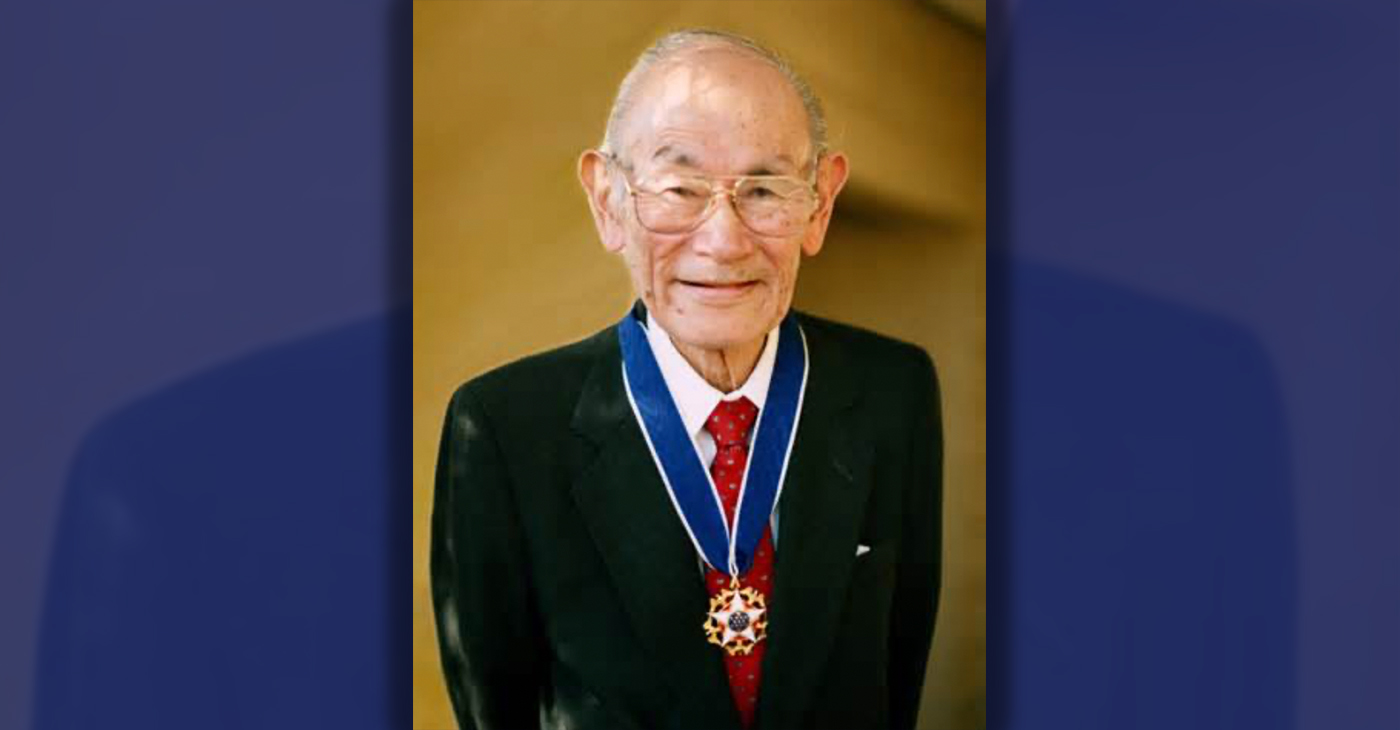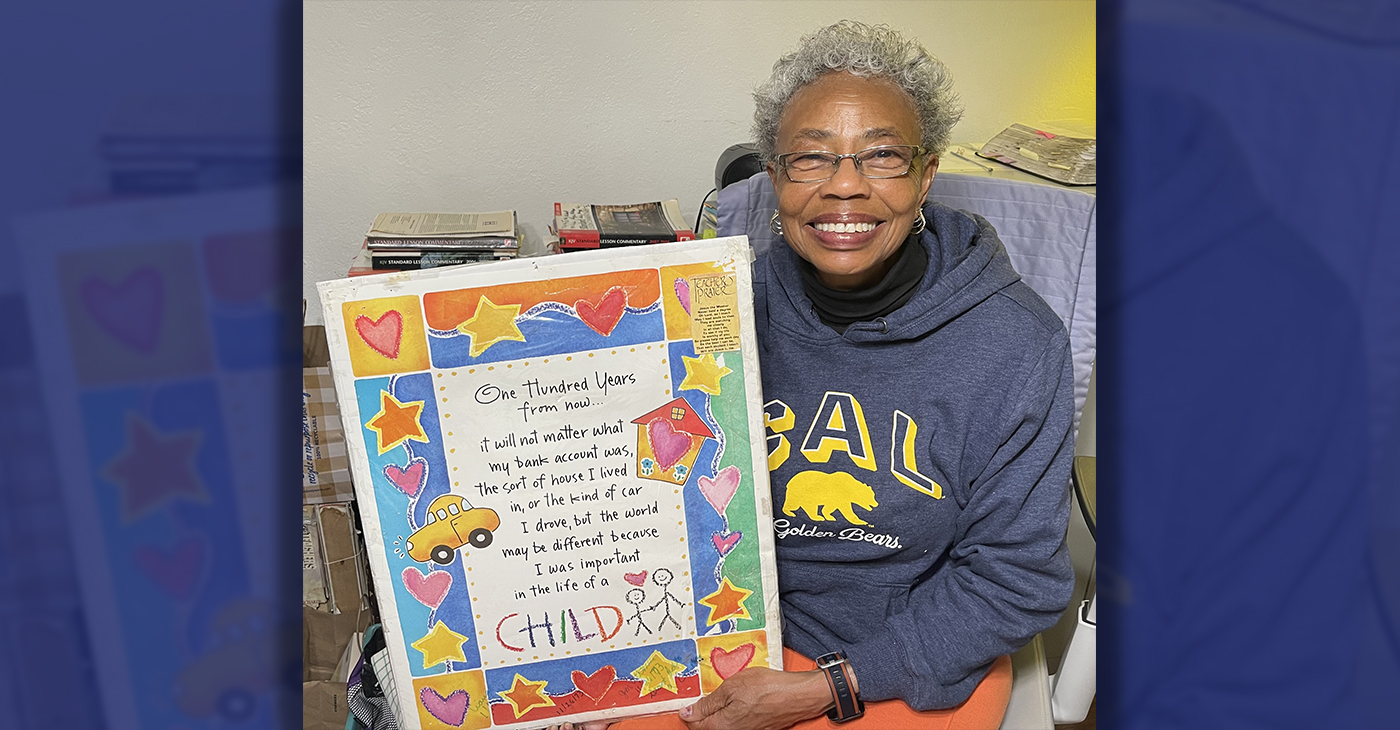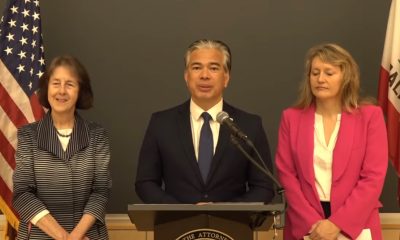Activism
EDITORIAL: Gallo Wants the Voters to decide if the city should spend $1 billion of its Public Funds on a Privately Owned Stadium and Luxury Condos
We salute Noel and encourage the Council to support his efforts. Oakland faces many critical issues including homelessness, affordable housing, crime, and keeping schools open. City officials need to focus attention on getting those issues under control. Instead, the A’s attempt to bully them into spending over $ billion on their new stadium and luxury housing project.

By Paul Cobb
The Oakland A’s have finally met their match. Councilmember Noel Gallo is courageously bringing forward two significant pieces of legislation to stop the A’s bullying of the City of Oakland.
Gallo convinced his colleagues on the Council to unanimously vote for a public hearing and an independent third-party analysis of the costs, benefits, and risks to the city of funding the A’s privately owned stadium and luxury condo project at Howard Terminal.
He has also introduced legislation to place a measure on the November 2022 ballot to allow residents to vote on whether public money should be spent on the A’s private development.
We salute Noel and encourage the Council to support his efforts.
Oakland faces many critical issues including homelessness, affordable housing, crime, and keeping schools open. City officials need to focus attention on getting those issues under control. Instead, the A’s attempt to bully them into spending over $ billion on their new stadium and luxury housing project.
Let’s peel away the layers of the onion.
The A’s promise union jobs. But the truth is that all the new jobs they promote are construction jobs that could be created at the Coliseum if they built their stadium there. And that would not cost $1 billion because the land is already approved for development and there are fewer infrastructure needs there than at Howard Terminal. Meanwhile, if the A’s build at Howard Terminal they weaken a working port and threaten the loss of hundreds of good-paying existing ILWU union jobs.
The A’s threaten that if they don’t get their way they will leave and eliminate Oakland’s last sports team. Right now, there are fewer fans at A’s games than there are homeless people living on the streets of Oakland. We should worry more about our unhoused, mostly Black residents than 2,000-3,000 baseball fans.
The A’s say they are adding 3,000 new housing units to the city that desperately needs housing. But the A’s balk at making more than a paltry 15% of those units affordable. They do not clarify the income levels of affordability. Will unhoused people be included?
Unlike every other developer, the A’s do not contribute community benefits, especially to the East Oakland area where emergency affordable housing is sorely needed.
But rather, in a deceptive and clever ploy, the A’s would have the community pay for their benefits, which unwittingly would hasten the gentrification wave that could increase homelessness. They reneged on past promises and caused people like Margaret Gordon, a strong community advocate, to drop her support for the team.
More galling than everything above, the A’s are negotiating with Las Vegas while they arrogantly bully Oakland.
Many people believe this is all a sham. The A’s leverage a potential site in Oakland only to get a sweet deal in Vegas. And, ironically they stand to further enrich themselves by just “occupying” the coliseum site and taking advantage of the increased property value of their half-ownership share of the Coliseum.
By questioning the financial capability of the co-owner, the city staff upped the price to sell their half interest to a Black-led group for more than $30,000,000.00 than that for Alameda County, which owns the other %50 of the Coliseum.
Oakland does not need the A’s.
Oakland needs to take care of its own critical issues. The City’s Department of Race and Equity should be at the table with the City Attorney to make sure that the financial interests of Oakland residents are protected and fairly handled.
But even if those issues were not so pressing, City officials must stand firm and not let any developer bully them and disrespect them the way the A’s are disrespecting them.
Thank you, Mr. Gallo, for standing up for Oakland residents and not bending the knee to the A’s.
We urge the Council to support Mr. Gallo by placing the A’s request for public spending before the voters in November. Let the voters guide the decision of whether the City should fund the A’s or take care of our own problems.
We encourage all voters to demand that the Council let the people vote.
Activism
Oakland Post: Week of April 17 – 23, 2024
The printed Weekly Edition of the Oakland Post: Week of April 17 – 23, 2024

To enlarge your view of this issue, use the slider, magnifying glass icon or full page icon in the lower right corner of the browser window. ![]()
Activism
Oakland Schools Honor Fred Korematsu Day of Civil Liberties
Every Jan. 30, OUSD commemorates the legacy of Fred Korematsu, an Oakland native, a Castlemont High School graduate, and a national symbol of resistance, resilience, and justice. His defiant stand against racial injustice and his unwavering commitment to civil rights continue to inspire the local community and the nation. Tuesday was “Fred Korematsu Day of Civil Liberties and the Constitution” in the state of California and a growing number of states across the country.

By Post Staff
Every Jan. 30, OUSD commemorates the legacy of Fred Korematsu, an Oakland native, a Castlemont High School graduate, and a national symbol of resistance, resilience, and justice.
His defiant stand against racial injustice and his unwavering commitment to civil rights continue to inspire the local community and the nation. Tuesday was “Fred Korematsu Day of Civil Liberties and the Constitution” in the state of California and a growing number of states across the country.
One OUSD school is named in his honor: Fred T. Korematsu Discovery Academy (KDA) elementary in East Oakland.
Several years ago, founding KDA Principal Charles Wilson, in a video interview with anti-hate organization “Not In Our Town,” said, “We chose the name Fred Korematsu because we really felt like the attributes that he showed in his work are things that the children need to learn … that common people can stand up and make differences in a large number of people’s lives.”
Fred Korematsu was born in Oakland on Jan. 30, 1919. His parents ran a floral nursery business, and his upbringing in Oakland shaped his worldview. His belief in the importance of standing up for your rights and the rights of others, regardless of race or background, was the foundation for his activism against racial prejudice and for the rights of Japanese Americans during World War II.
At the start of the war, Korematsu was turned away from enlisting in the National Guard and the Coast Guard because of his race. He trained as a welder, working at the docks in Oakland, but was fired after the bombing of Pearl Harbor in 1941. Fear and prejudice led to federal Executive Order 9066, which forced more than 120,000 Japanese Americans out of their homes and neighborhoods and into remote internment camps.
The 23-year-old Korematsu resisted the order. He underwent cosmetic surgery and assumed a false identity, choosing freedom over unjust imprisonment. His later arrest and conviction sparked a legal battle that would challenge the foundation of civil liberties in America.
Korematsu’s fight culminated in the Supreme Court’s initial ruling against him in 1944. He spent years in a Utah internment camp with his family, followed by time living in Salt Lake City where he was dogged by racism.
In 1976, President Gerald Ford overturned Executive Order 9066. Seven years later, the 9th Circuit Court of Appeals in San Francisco vacated Korematsu’s conviction. He said in court, “I would like to see the government admit that they were wrong and do something about it so this will never happen again to any American citizen of any race, creed, or color.”
Korematsu’s dedication and determination established him as a national icon of civil rights and social justice. He advocated for justice with Rosa Parks. In 1998, President Bill Clinton gave him the Presidential Medal of Freedom saying, “In the long history of our country’s constant search for justice, some names of ordinary citizens stand for millions of souls … To that distinguished list, today we add the name of Fred Korematsu.”
After Sept. 11, 2001, Korematsu spoke out against hatred and discrimination, saying what happened to Japanese Americans should not happen to people of Middle Eastern descent.
Korematsu’s roots in Oakland and his education in OUSD are a source of great pride for the city, according to the school district. His most famous quote, which is on the Korematsu elementary school mural, is as relevant now as ever, “If you have the feeling that something is wrong, don’t be afraid to speak up.”
Activism
WOMEN IMPACTING THE CHURCH AND COMMUNITY
Juanita Matthews, better known as “Sister Teacher,” is a walking Bible scholar. She moved to California from the great state of Arkansas in 1971. Sister Teacher has a passion for teaching. She has been a member of Bible Fellowship Missionary Baptist Church since 1971.

Sister Juanita Matthews
55 Years with Oakland Public School District
The Teacher, Mother, Community Outreach Champion, And Child of God
Juanita Matthews, better known as “Sister Teacher,” is a walking Bible scholar. She moved to California from the great state of Arkansas in 1971. Sister Teacher has a passion for teaching. She has been a member of Bible Fellowship Missionary Baptist Church since 1971. She followed her passion for teaching, and in 1977 became the lead teacher for Adult Class #6. Her motto still today is “Once My Student, Always My Student”.
Beyond her remarkable love for the Lord, Sister Teacher has showcased her love for teaching by working for the Oakland Unified School District for 55 years, all but four of those years spent at Emerson Elementary and Child Development School. She truly cares about her students, making sure they have the tools/supplies needed to learn either at OUSD or Bible Fellowship Missionary Baptist Church.
She’s also had a “Clothes Closet Ministry” for 51 years, making sure her students have sufficient clothing for school. The Clothes Closet Ministry extends past her students, she has been clothing the community for over 50 years as well. She loves the Lord and is a servant on a mission. She is a loving mother to two beautiful children, Sandra and Andre. This is the impact this woman of God has on her church and the community.
-

 Activism4 weeks ago
Activism4 weeks agoOakland Post: Week of March 20 – 26, 2024
-

 #NNPA BlackPress3 weeks ago
#NNPA BlackPress3 weeks agoCOMMENTARY: D.C. Crime Bill Fails to Address Root Causes of Violence and Incarceration
-

 #NNPA BlackPress3 weeks ago
#NNPA BlackPress3 weeks agoMayor, City Council President React to May 31 Closing of Birmingham-Southern College
-

 #NNPA BlackPress3 weeks ago
#NNPA BlackPress3 weeks agoCOMMENTARY: Lady Day and The Lights!
-

 #NNPA BlackPress3 weeks ago
#NNPA BlackPress3 weeks agoFrom Raids to Revelations: The Dark Turn in Sean ‘Diddy’ Combs’ Saga
-

 #NNPA BlackPress3 weeks ago
#NNPA BlackPress3 weeks agoBaltimore Key Bridge Catastrophe: A City’s Heartbreak and a Nation’s Alarm
-

 #NNPA BlackPress3 weeks ago
#NNPA BlackPress3 weeks agoBaltimore’s Key Bridge Struck by Ship, Collapses into Water
-

 Activism3 weeks ago
Activism3 weeks agoOakland Post: Week of March 27 – April 2, 2024

















































